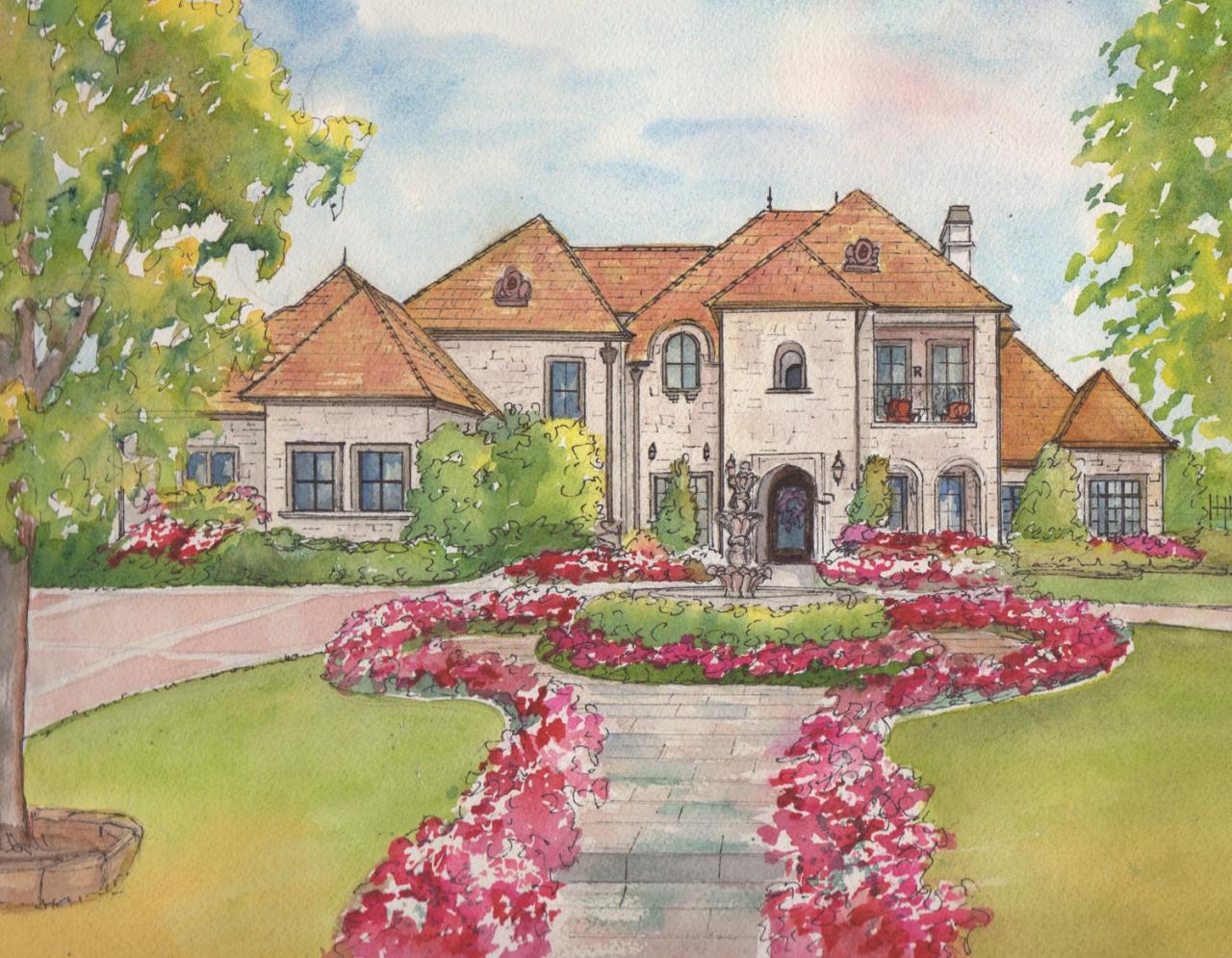Painting of a House: A Comprehensive Guide

Are you looking to give your home a fresh new look? Well, you’re in the right place. Painting of a house is one of the most cost-effective ways to boost your home’s curb appeal and increase its value. In this article, we’ll take you through the entire process, from preparation to completion, and provide you with some valuable tips and tricks to make your painting of a house project a success.
Why Paint Your House?
Before we dive into the nitty-gritty of painting of a house, let’s take a look at some of the benefits of painting your home. Not only does a fresh coat of paint improve the appearance of your home, but it also protects it from the elements. Painting your house can help to:
- Increase its value
- Improve its curb appeal
- Protect it from weathering
- Enhance its durability
- Update its style
Preparation is Key
When it comes to painting of a house, preparation is key. It’s the most important step in the entire process, and it can make all the difference between a successful project and a disaster. Here are some things you need to do to prepare your home for painting:
Remove Furniture and Cover Floors
Before you start painting, remove all furniture, curtains, and rugs from the walls. This will give you clear access to the walls and prevent any damage or stains. Cover your floors with drop cloths or plastic sheets to protect them from paint spills.
Clean the Walls
Clean the walls thoroughly with soap and water to remove dirt, grime, and grease. This will ensure better paint adhesion and prevent any stains or marks from showing through the paint.
Fix Holes and Cracks
Fill any holes or cracks in the walls with spackling paste and sand it smooth. This will create a smooth surface for painting.
Remove Outlet Covers and Switch Plates
Remove outlet covers and switch plates to prevent paint from getting behind them. This will also give you a chance to clean them and replace them with new ones.
Tape Off Trim and Moulding
Use painter’s tape to tape off trim and moulding. This will protect them from paint and create a sharp, clean line.
Choosing the Right Paint
When it comes to painting of a house, choosing the right paint is crucial. Here are some things you need to consider:
Paint Type
There are two main types of paint: latex and oil-based. Latex paint is water-based and is the most popular choice for painting of a house. Oil-based paint is solvent-based and is better suited for trim work and furniture.
Paint Finish
There are several paint finishes to choose from, including flat, eggshell, satin, semi-gloss, and high-gloss. The finish you choose will depend on the area of your home you’re painting. For example, a flat finish is best for ceilings, while a semi-gloss finish is best for trim work.
Paint Color
Choosing the right paint color can be overwhelming, but it’s also a great opportunity to get creative. Consider the natural lighting in your home, as well as the colors of your furniture and decor. You can also ask for samples or paint swatches to test the color on your walls.
Painting Techniques
Now that you’ve prepared your home and chosen the right paint, it’s time to start painting. Here are some painting techniques to keep in mind:
Roller or Brush?
Use a roller for large areas, such as ceilings and walls. Use a brush for trim work, corners, and edges. You can also use a combination of both for a smooth finish.
Work from Top to Bottom
Start painting from the top of the wall and work your way down. This will prevent drips and streaks from ruining your paint job.
Apply Thin Coats
Apply thin coats of paint, allowing each coat to dry before applying the next one. This will prevent drips and unevenness.
Don’t Overload Your Brush
Don’t overload your brush with too much paint. This will cause drips and streaks.
Common Mistakes to Avoid
When it comes to painting of a house, there are several common mistakes to avoid. Here are a few:
Not Preparing the Walls
Not preparing the walls properly can lead to a poor paint job. Make sure to clean, fix, and tape off the walls before painting.
Not Choosing the Right Paint
Not choosing the right paint can lead to a poor finish. Consider the paint type, finish, and color before making a decision.
Not Applying Thin Coats
Not applying thin coats of paint can lead to drips and unevenness. Apply thin coats, allowing each coat to dry before applying the next one.
Not Cleaning Up Spills
Not cleaning up spills immediately can lead to stains and damage. Clean up spills right away to prevent any damage.
Conclusion
Painting of a house is a cost-effective way to boost your home’s curb appeal and increase its value. With the right preparation, paint, and techniques, you can achieve a beautiful and professional-looking finish. Remember to avoid common mistakes and take your time to ensure a successful project.
The Final Touches
Once you’ve completed your painting of a house project, it’s time to add the final touches. Here are a few things you can do to enhance your home’s appearance:
- Add a fresh coat of paint to your trim work and furniture.
- Update your lighting fixtures and ceiling fans.
- Replace your outlet covers and switch plates.
- Add some fresh flowers or plants to your decor.
By following these tips and techniques, you can give your home a fresh new look that will impress your friends and family. Happy painting!